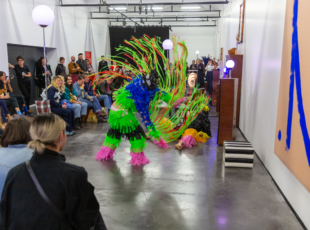Art to envisage our ecological futures
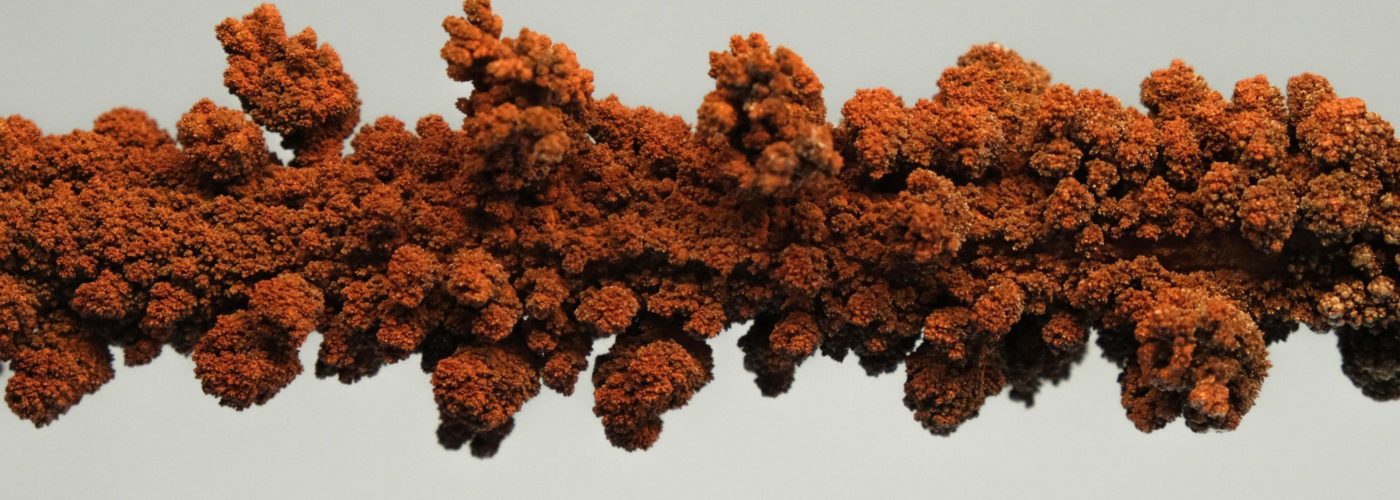
Article author :
At a time when the various impacts of the Anthropocene are becoming apparent, a Namur residency has allowed two art researchers to explore critically and creatively the relationships we maintain with the environment. An opportunity to stimulate ecological awareness raising at the point where the sciences and the arts overlap.
The Bomel Abattoirs, a stone’s throw from the Namur train station. It is there that the Namur Cultural Centre (CCN) has now been established, a hub which hosts art and sociocultural projects in particular. It is also there that we arranged to meet Dewi Brunet and Carlos Sfeir. The two artists were selected to take part in the ‘Imagining Ecological Futures’ residency, which came to a close on May 21, after a month engaged in artistic research. Whilst neither of their respective creative universes predestined their paths to ever cross, the issues this residency has focused on have very much been on their minds for several years now.
How to reduce our ecological footprint, or even decolonise nature? What shape would new models of coexistence between human and non-human species take? How to reduce the imbalance between nature and culture whilst reintroducing sensitivity.
Dewi Brunet, a Brussels-based creative who specialises in the art of the fold, describes how he has gradually introduced these issues into his artistic process. He has been practising origami for around fifteen years and in particular explores Oribotics. A domain at the crossroads of origami and robotics pioneered by its creator, Matthew Gardiner. ‘Folding is simultaneously a technique, a means of expression, and a field of multidisciplinary research. My projects today are centred on the sensitive relationship between the living world and technologies and often lead me to ask the following questions: what is a living being? What is a machine?’ At some distance from this Manichean opposition, the analogies between folding and the world around us are numerous. ‘It is enough to consider the recesses of the soul or the folds of the skin, the pleats within mountain ranges, or within molecular structures. Nature is intelligently folded,’ adds the artist.
The fold and its intrinsic links to the living world in themselves enable us to get a better grasp of the environmental issues, but folding also provides another perspective on the ways we relate to nature. The fold artist for that matter avows he has been inspired both by the words by the environment philosopher Baptiste Morizot, who fights against ‘an impoverishment of the range of relationships we can maintain with the rest of the living world,’ and by biomimicry – a process which consists of observing nature and the living world in order to draw inspiration from it and innovate, and which we have discussed here.
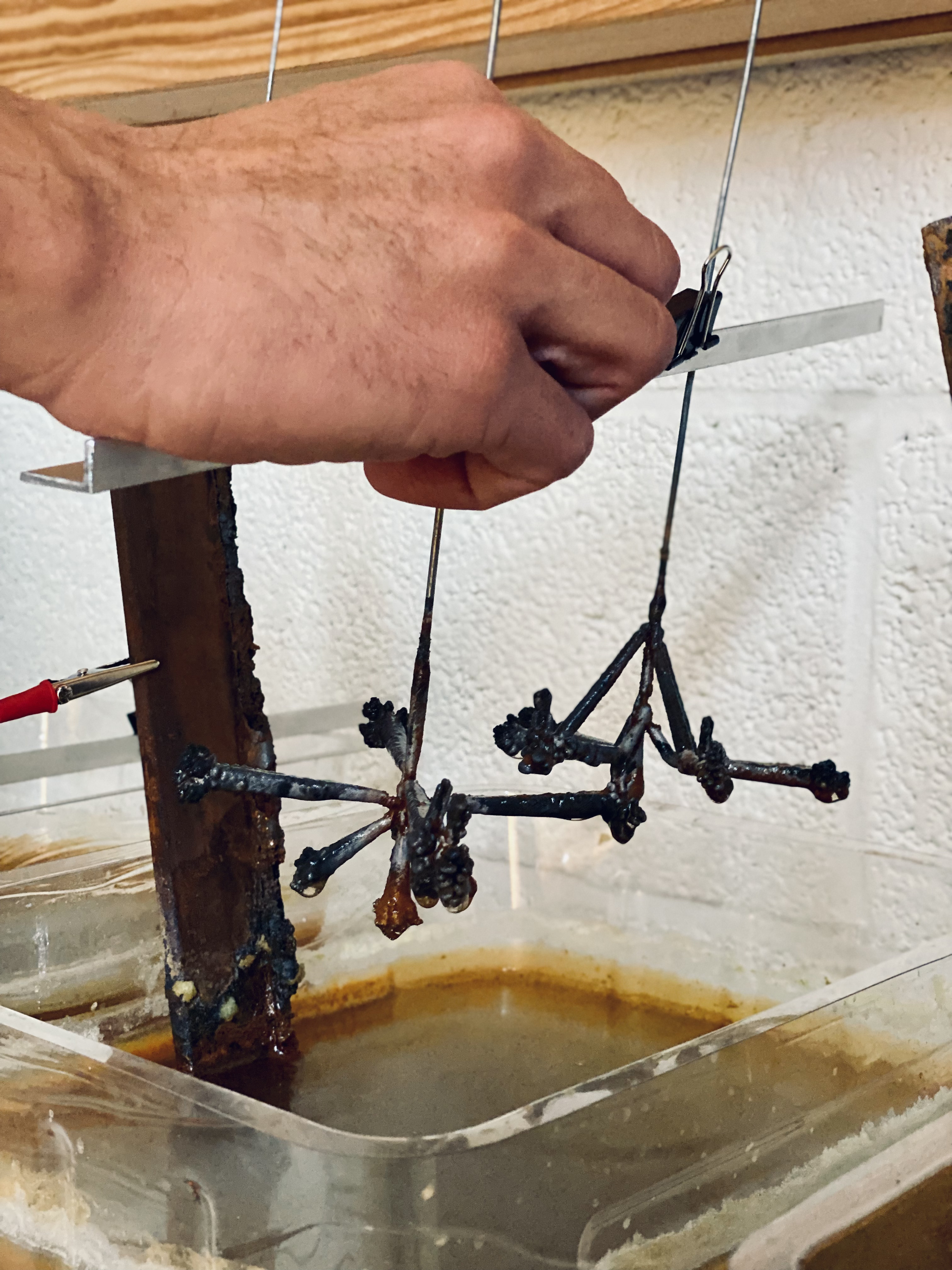
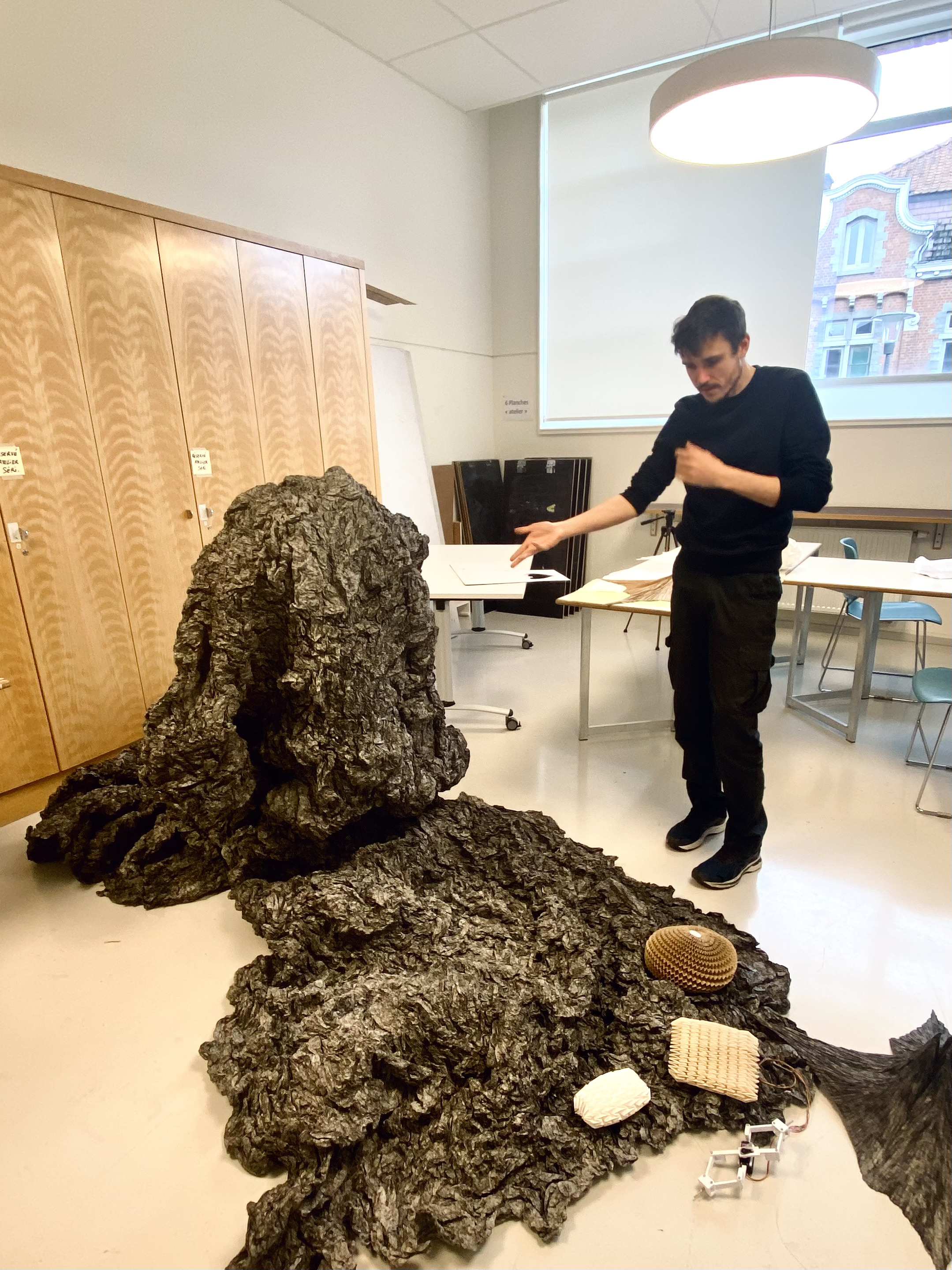
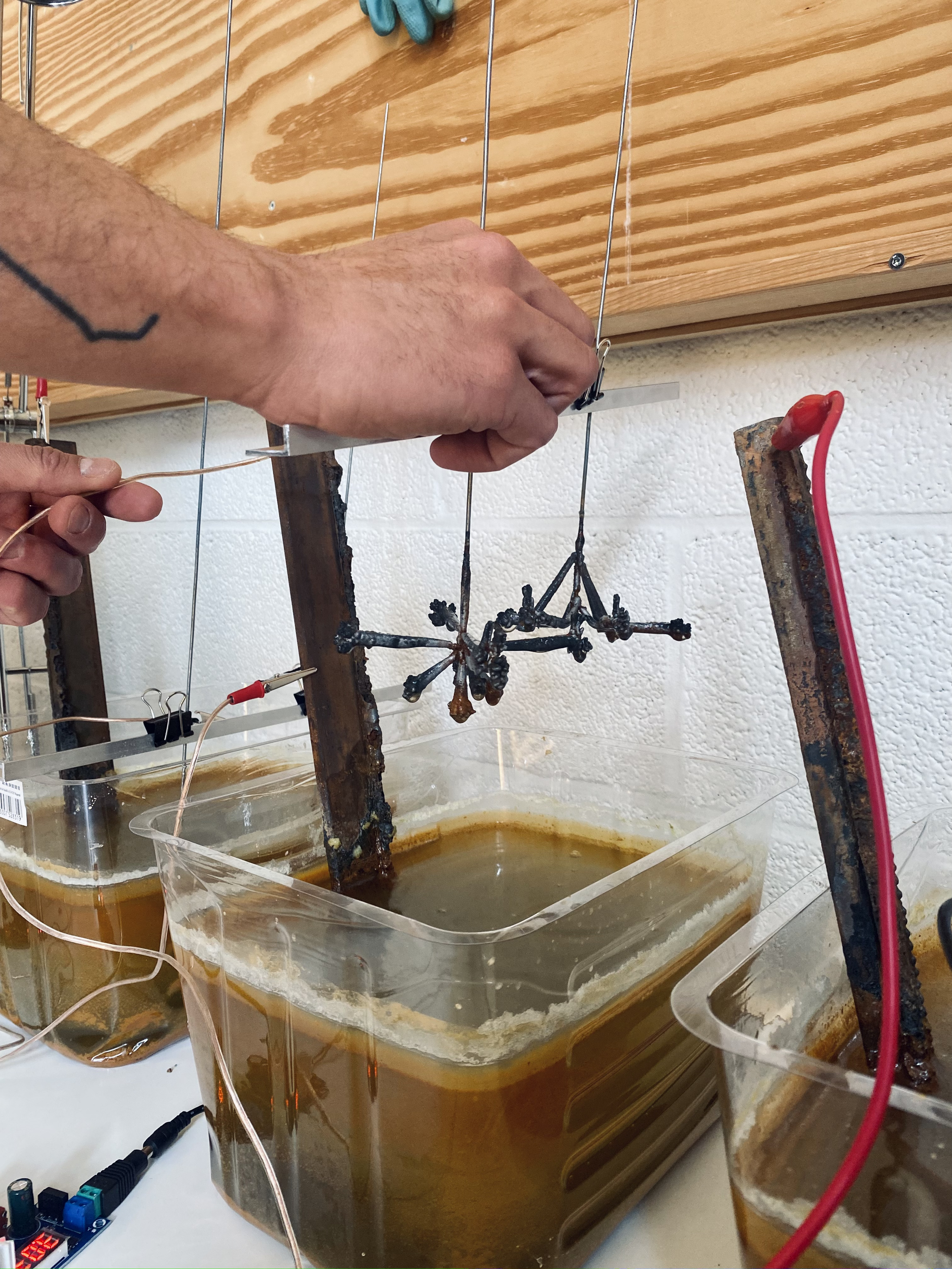
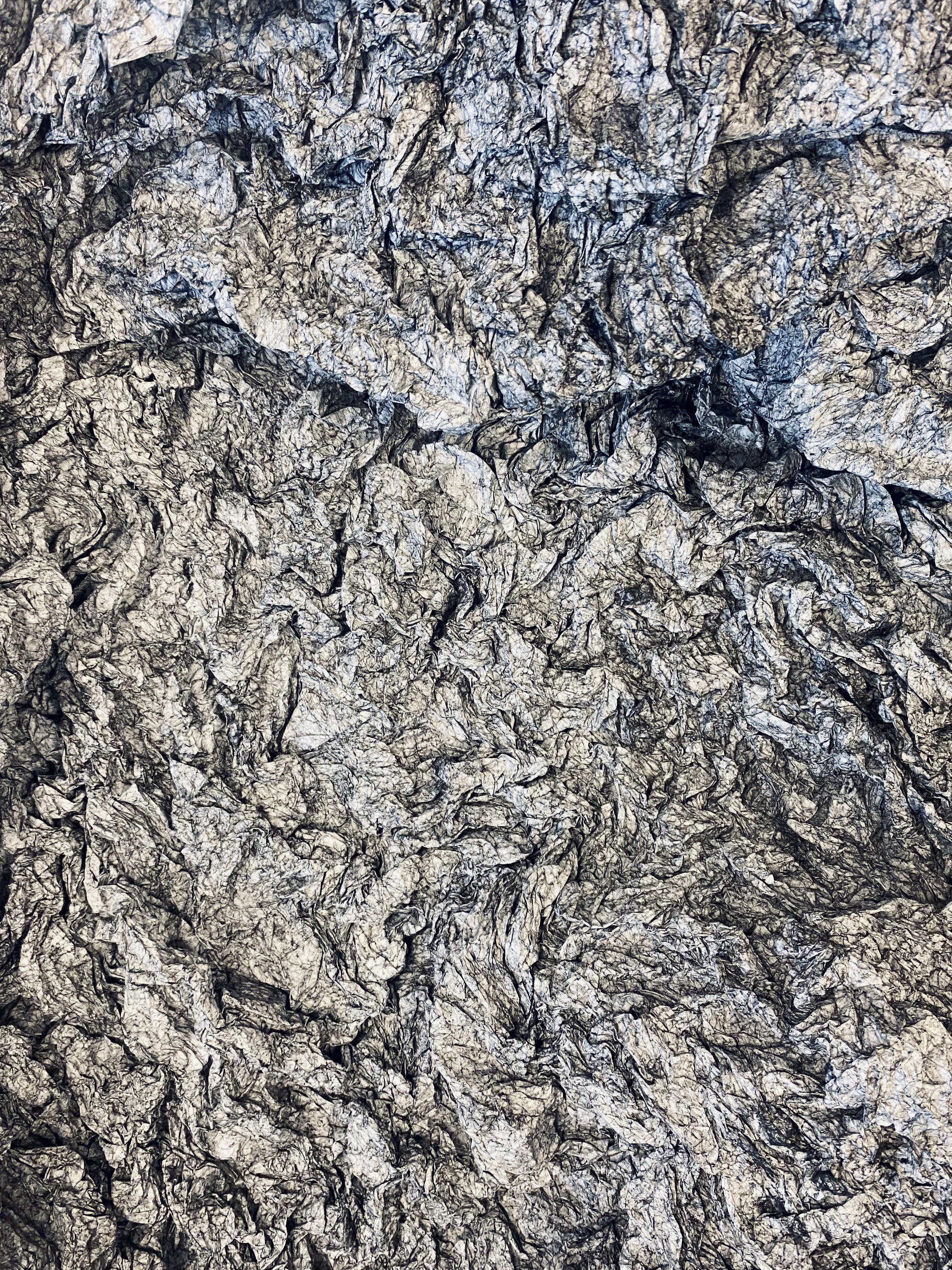
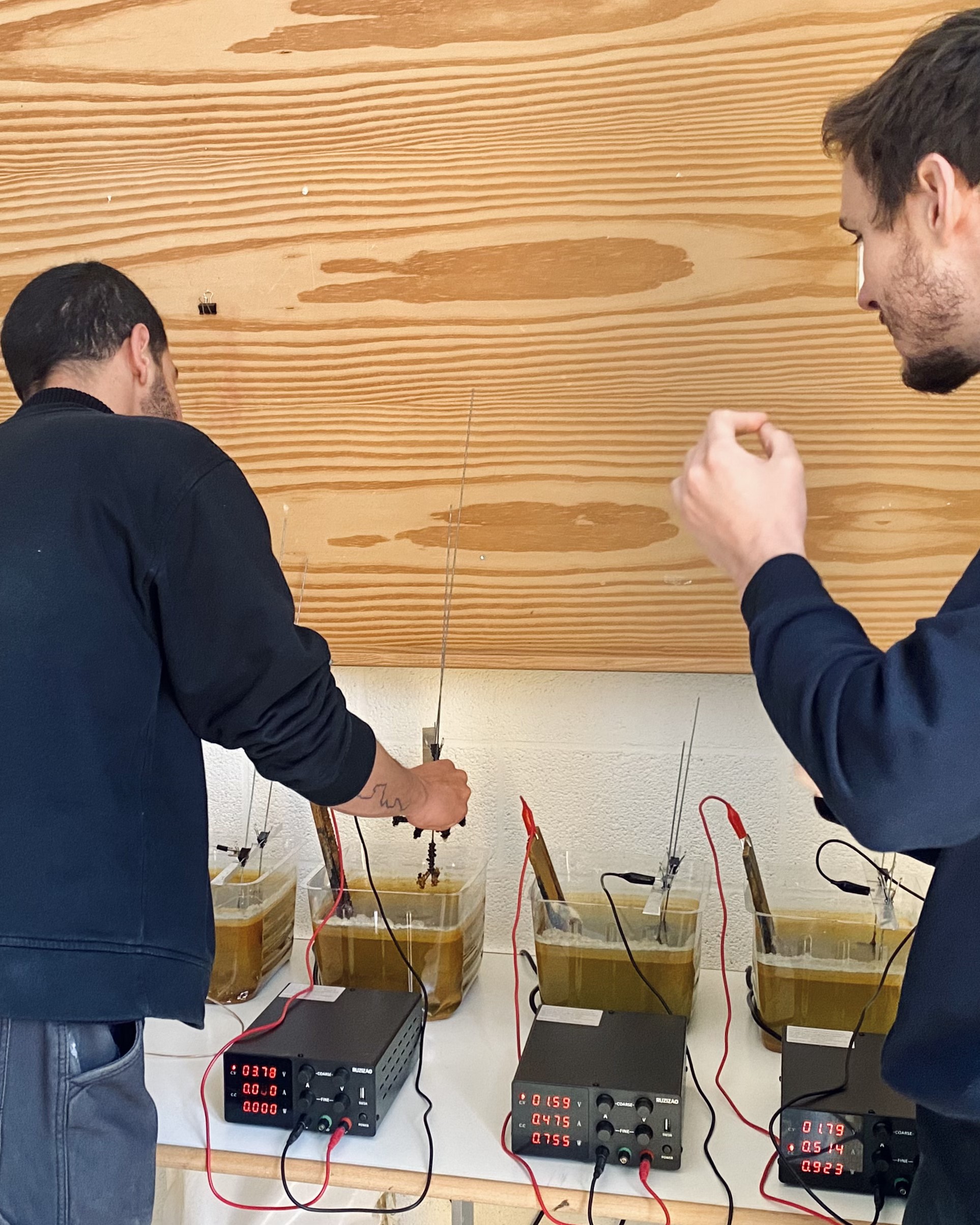


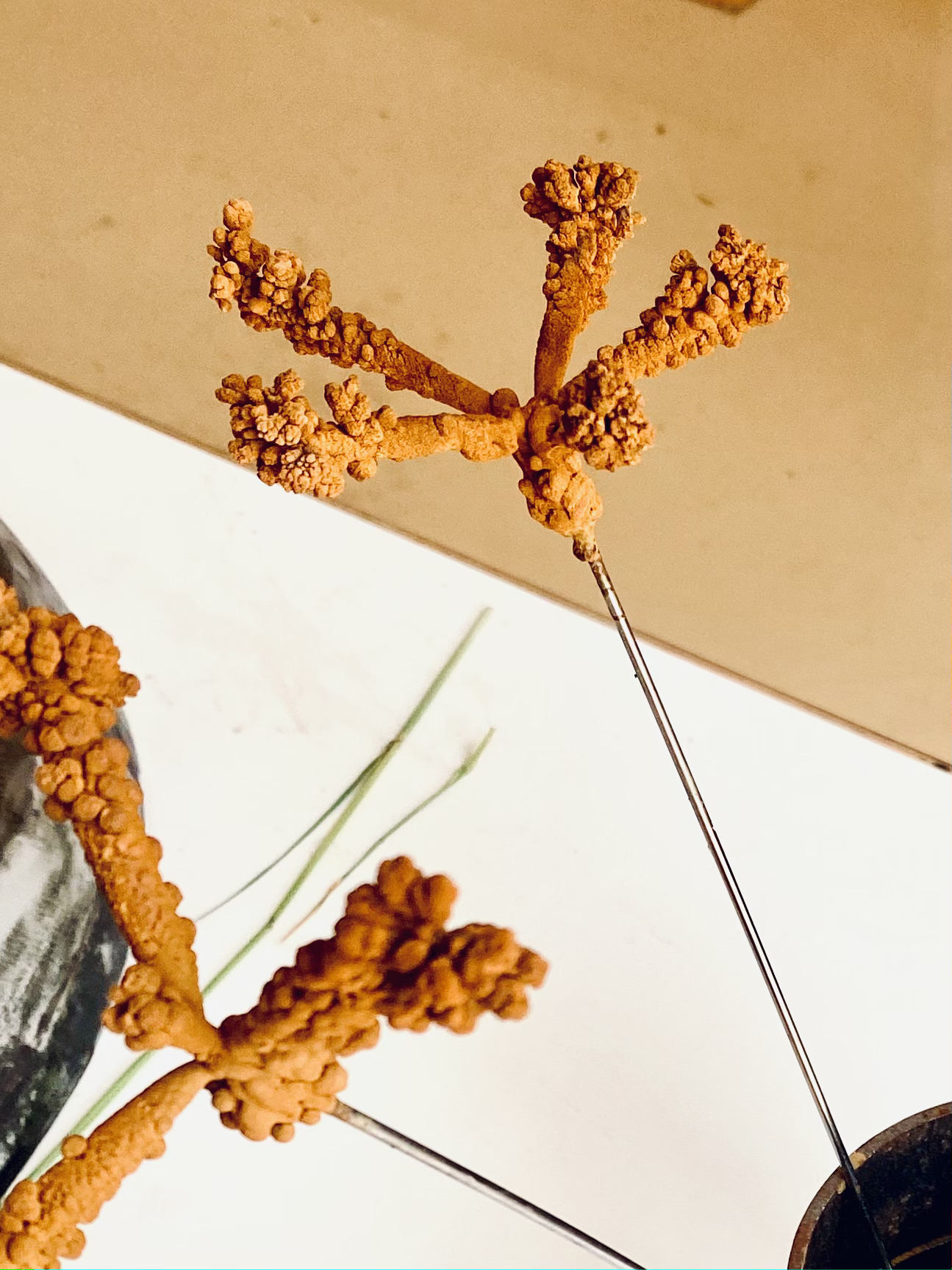
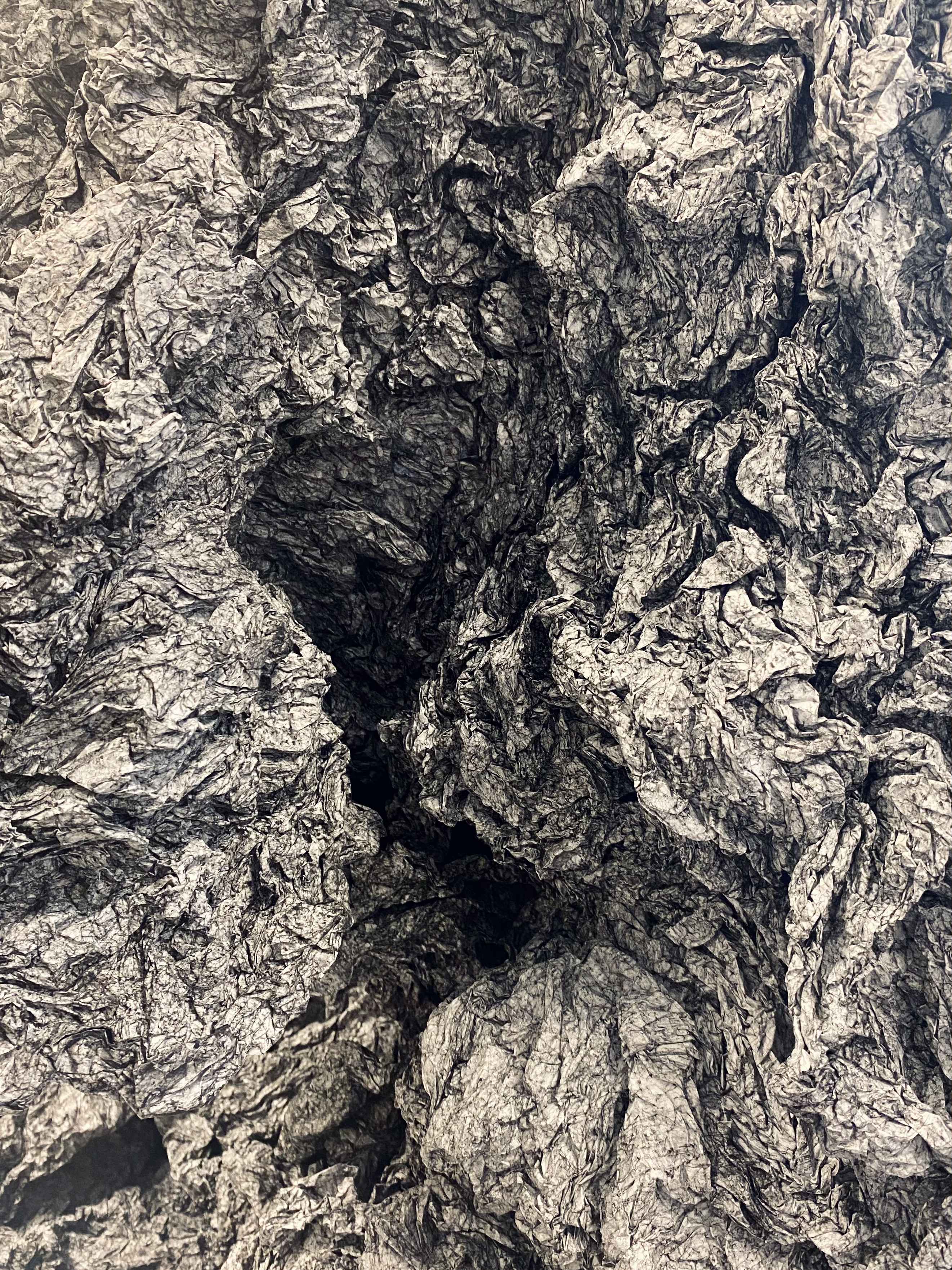
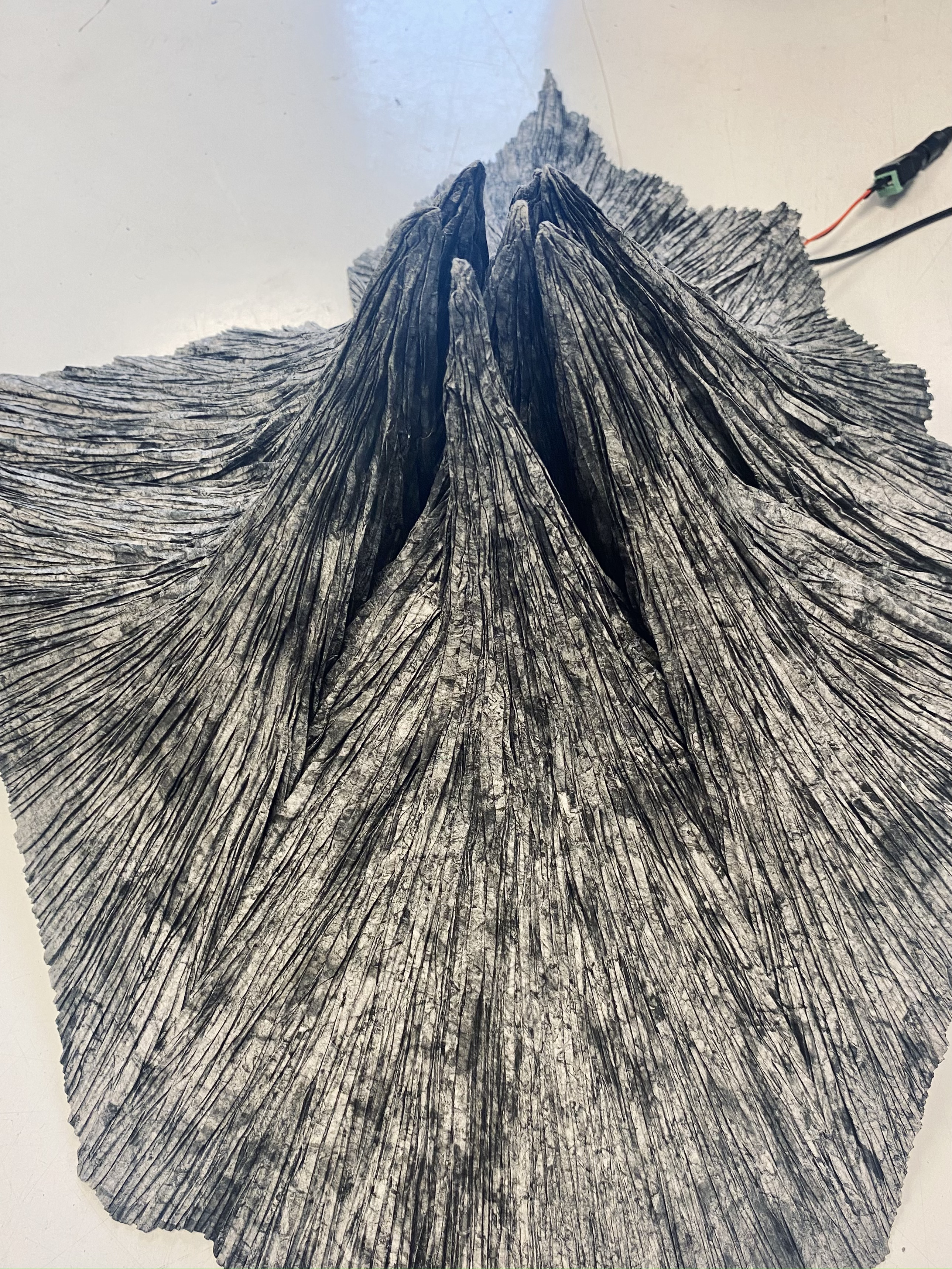
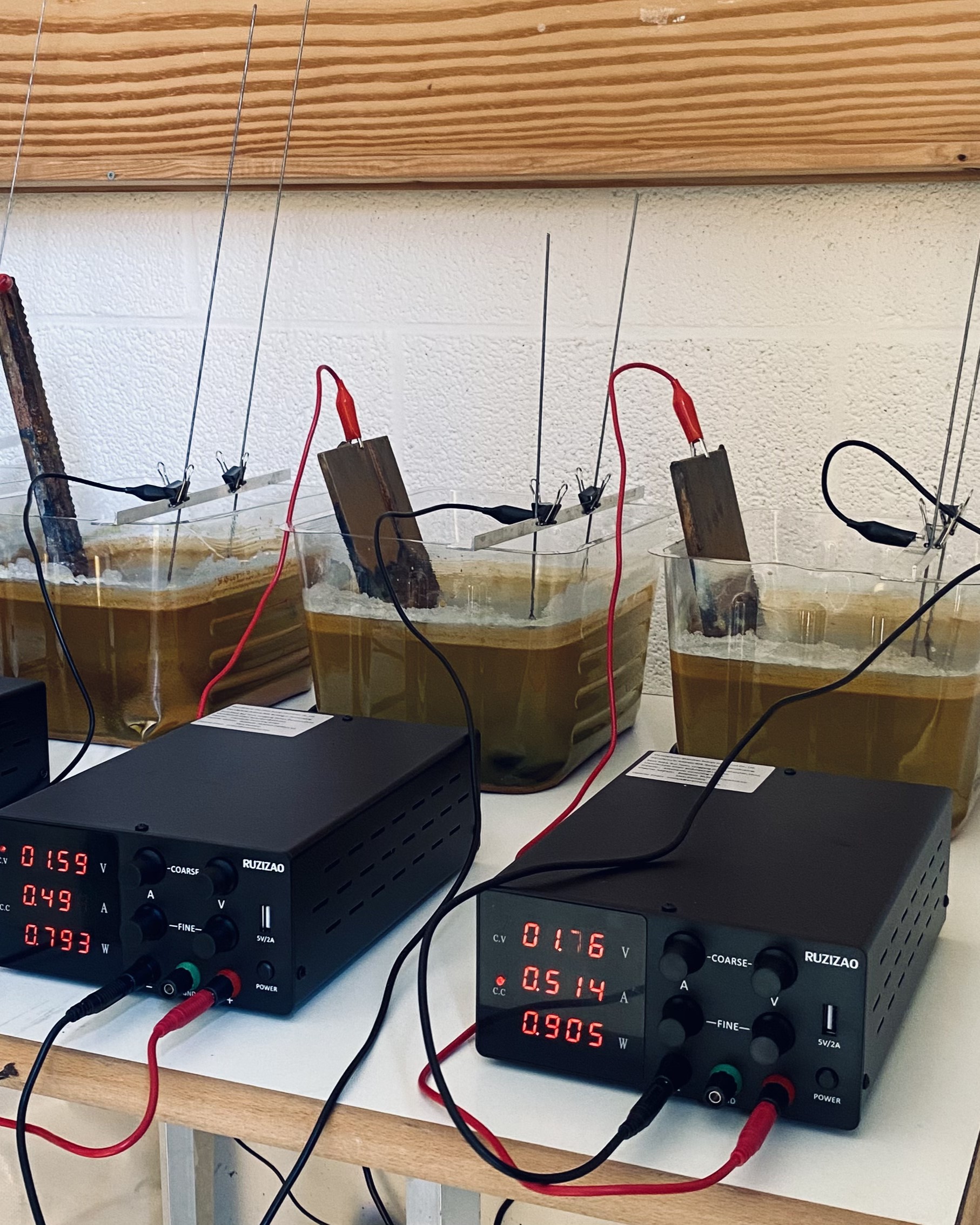
Equally as interconnected, the artist Carlos Sfeir’s first reflections imbued with ecological awareness date back to his end of studies project, entitled, ‘La [Re]constitución de los Andes,’ completed during his Master’s at the Eindhoven Design Academy. During this residency, the multidisciplinary artist wished to expand his research into the copper mining carried out in his homeland, Chile. ‘I developed a project which involved complete immersion in the Atacama desert, attempting to implement a passive methodology, whilst carrying out academic research and fieldwork studies, by visiting the mines and the local communities. It spoke to me to see that within the same location you could find a sacred site, replete with ancestral histories, nature in its unspoilt state, yet at the same time there were copper extraction mines feeding the so-called green economy of tomorrow, without supporting the indigenous peoples.’
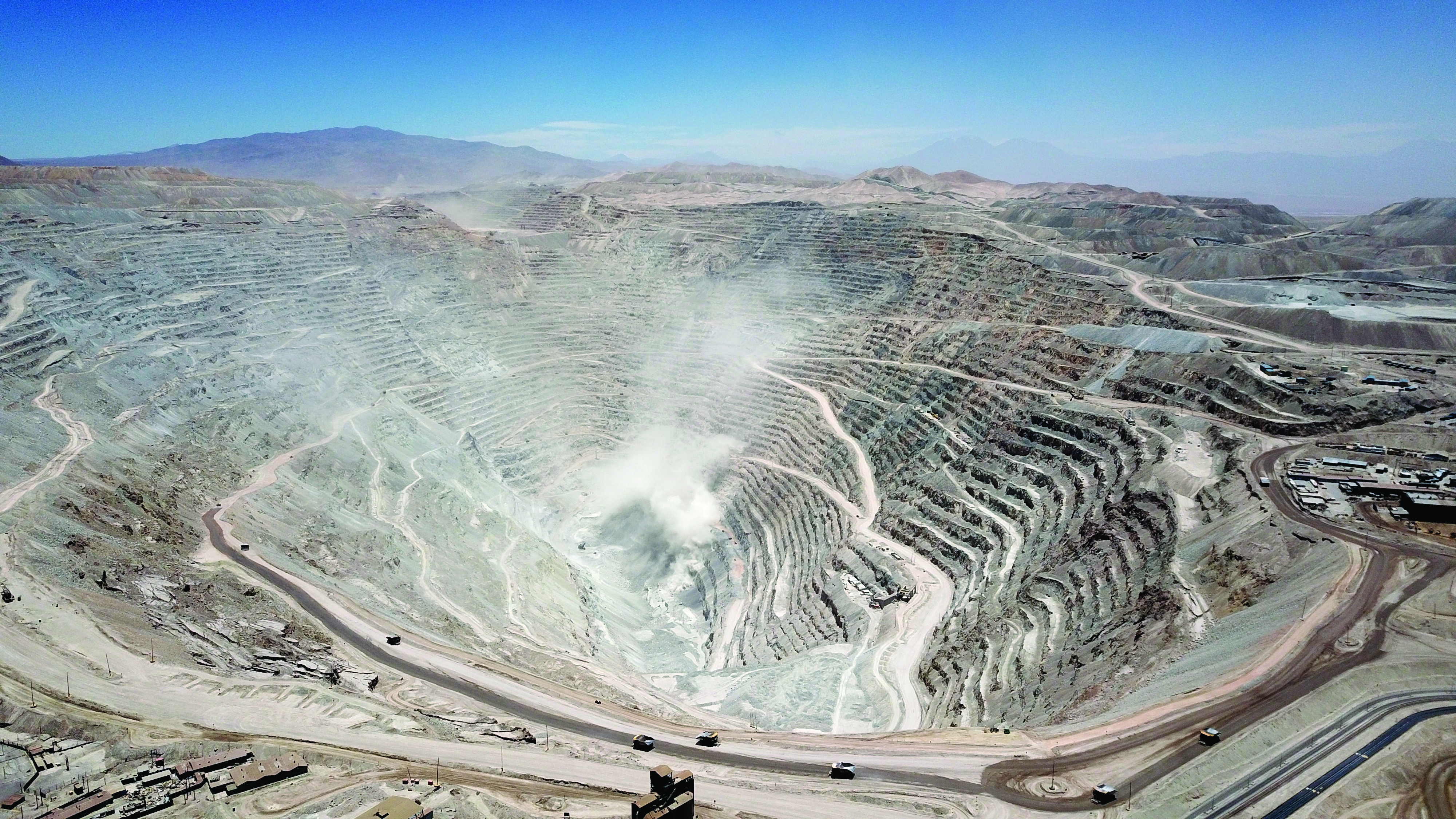


In establishing his critique of this copper mining, an industry steeped in colonialism, Carlos Sfeir here offers another application of the process developed for his Chilean project, one involving electrolysis, a method for producing chemical reactions thanks to electrical energy. The artist had at that time extracted the copper from one Euro-cent coins to restore to it its original mineral beauty. At Namur, he has endeavoured to return this mineral poetry to another alloy which has shaped our world, above all in the Walloon steel-manufacturing basin: iron. ‘With this project, named “fleurirons,” what I wanted to do was trigger a contemplation of steel which pushes us to rethink our perception of progress, of the environment, and of life. We have always considered nature as merchandise to be exploited, and steel is no exception.’ The result allows us to see iron flowers with the appearance of crystals forming slowly and demonstrates how minerals can be persuaded to blossom once again.
A residency dedicated to research
Piloted by the KIKK non-profit association, which promotes digital and creative cultures at the intersection of science and technologies, as well as its Protolab creative hub, established at TRAKK, once again in the Walloon capital, the format of the residency was the opportunity for the two artists to genuinely dedicate themselves completely to artistic research, without burdening them with an absolute goal to exhibit. ‘Even within the arts, there is an implicit imperative to be productive,’ explains Dewi Brunet. ‘It is very valuable for us to be able to mature projects over the long term, to deep dive into the literature and thereby further our knowledge of the materials, the processes, but also to nurture our thoughts.’ ‘The residency-research model is fertile ground to establish links between the scientific and cultural aspects of the theme which was given to us,’ enthuses Carlos Sfeir. ‘In addition to being able to benefit from the technical support and equipment provided by TRAKK, useful for our at times shoddy experimentations, it is also the confrontation between the perspectives of the North and the South which permitted me personally to get to this project. Without getting to know the history specific to Belgium, without spending some time getting lost on a bicycle in the area surrounding Namur, looking for plants to inspire my work, I certainly wouldn’t have discovered the historical richness of iron.’
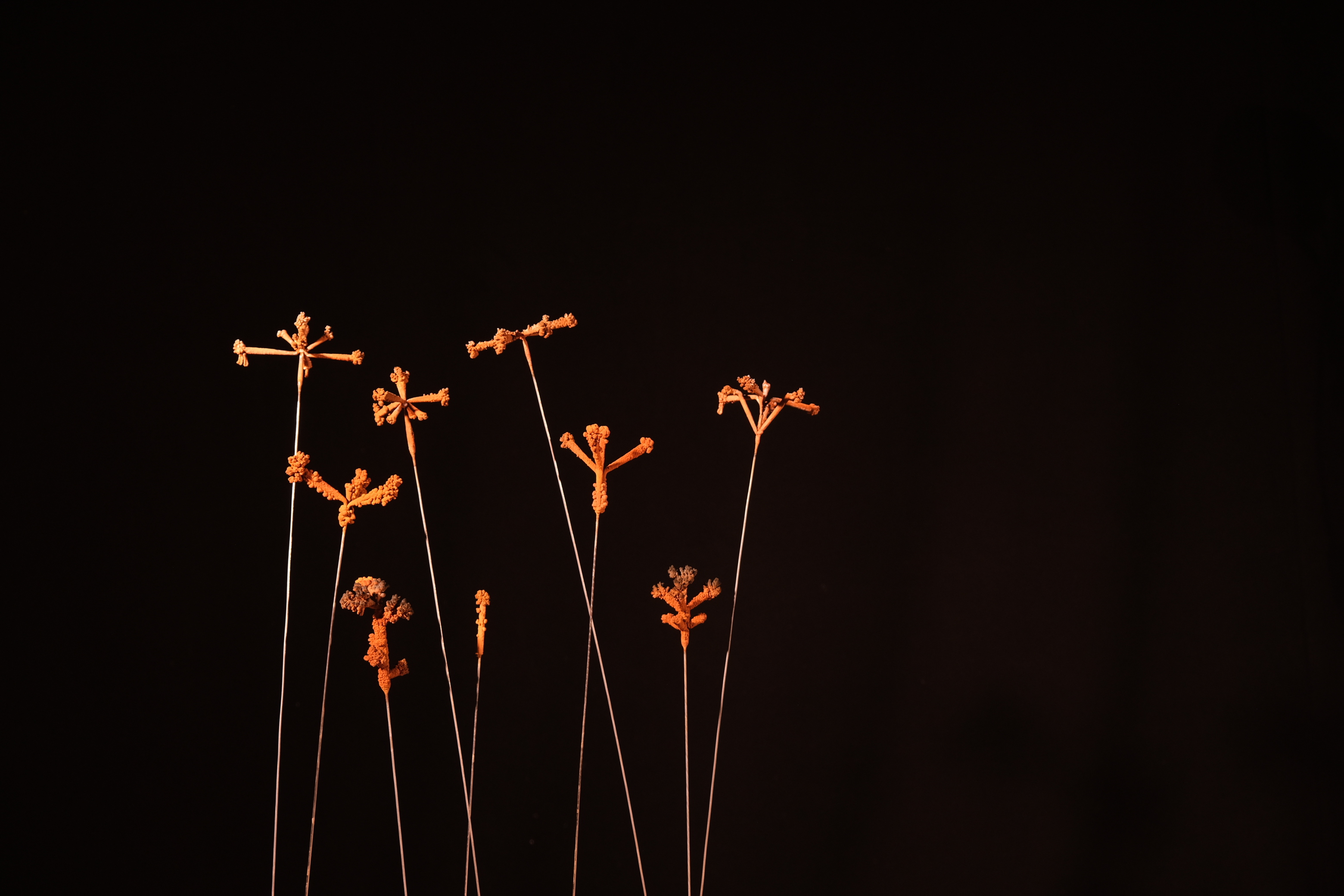

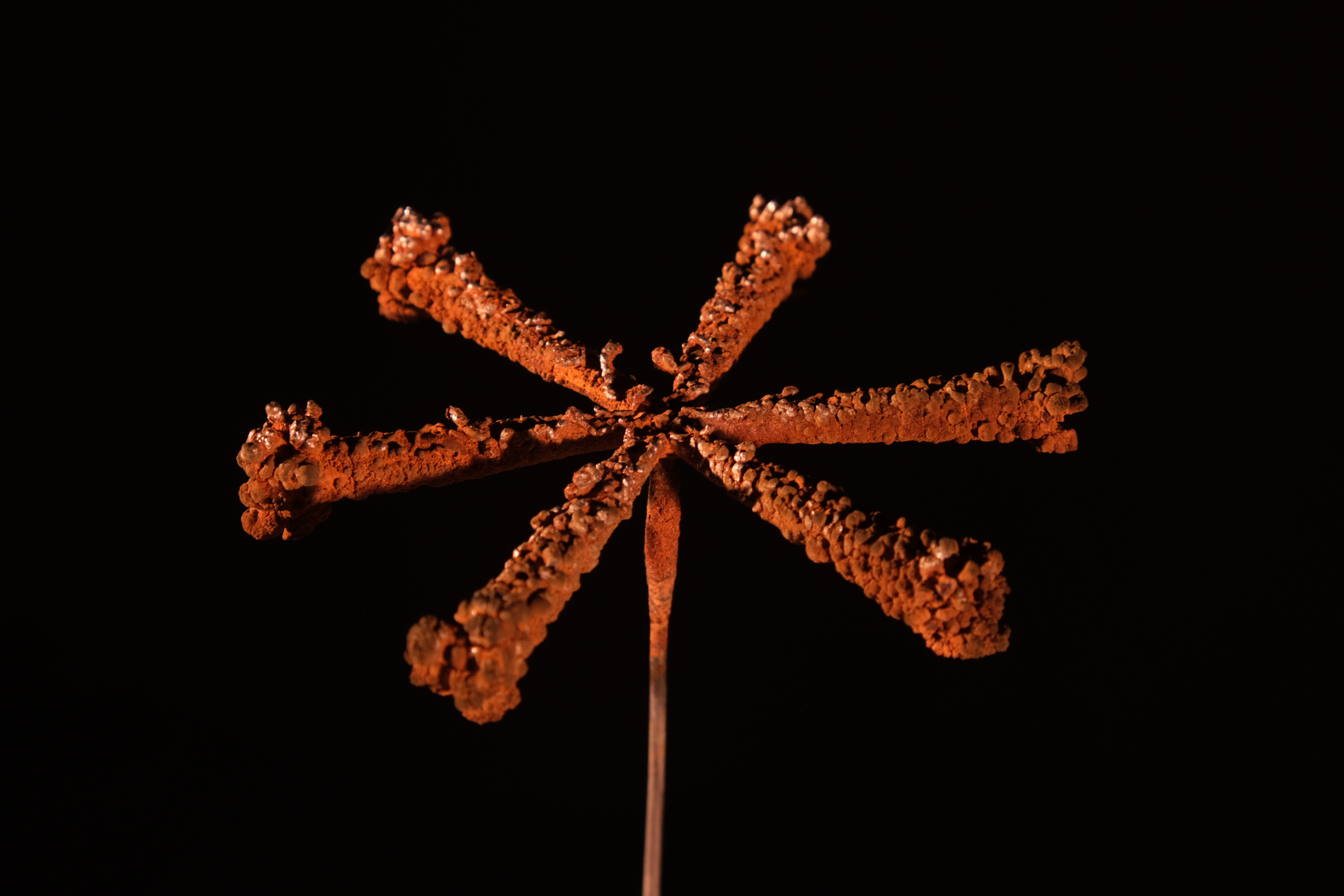
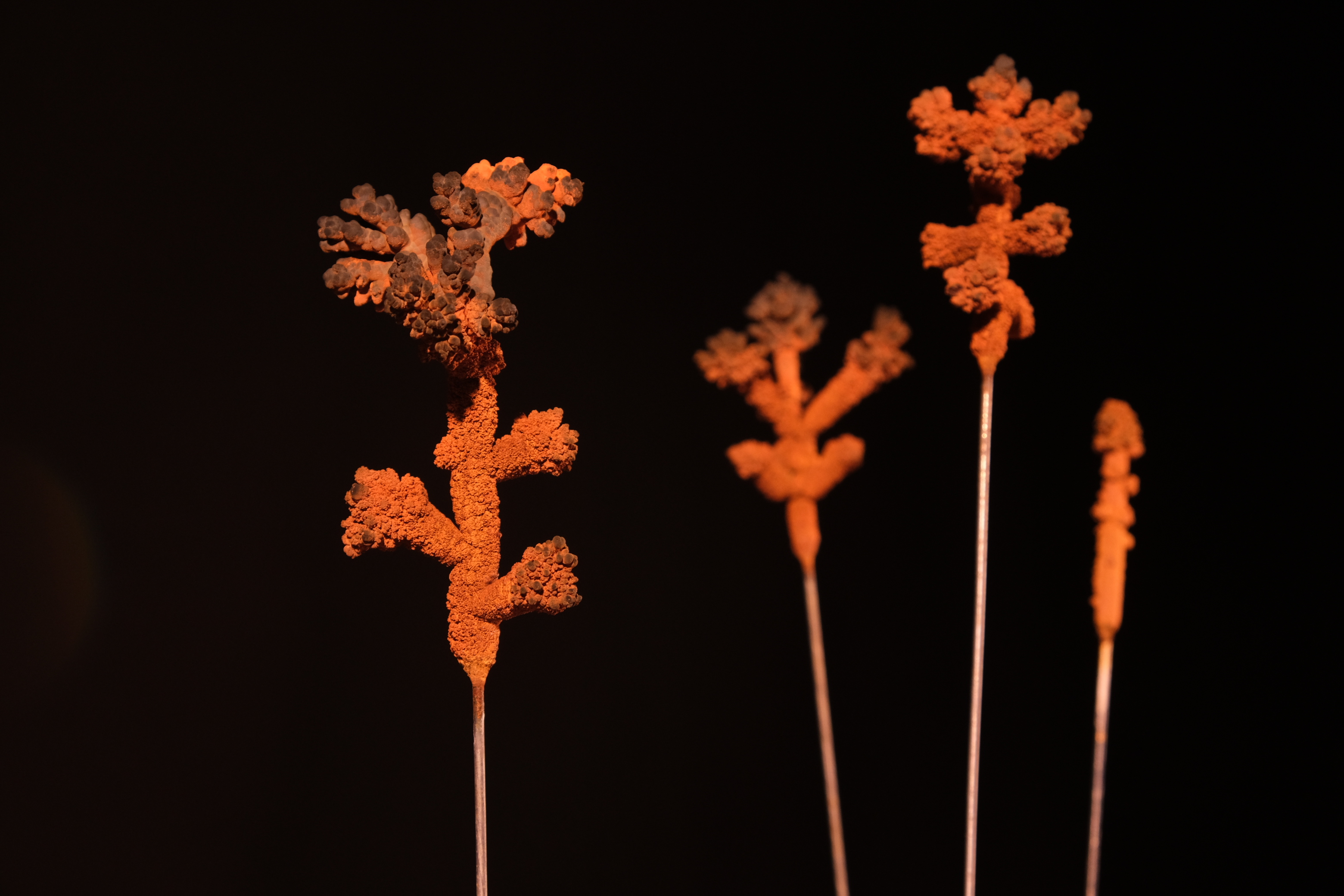
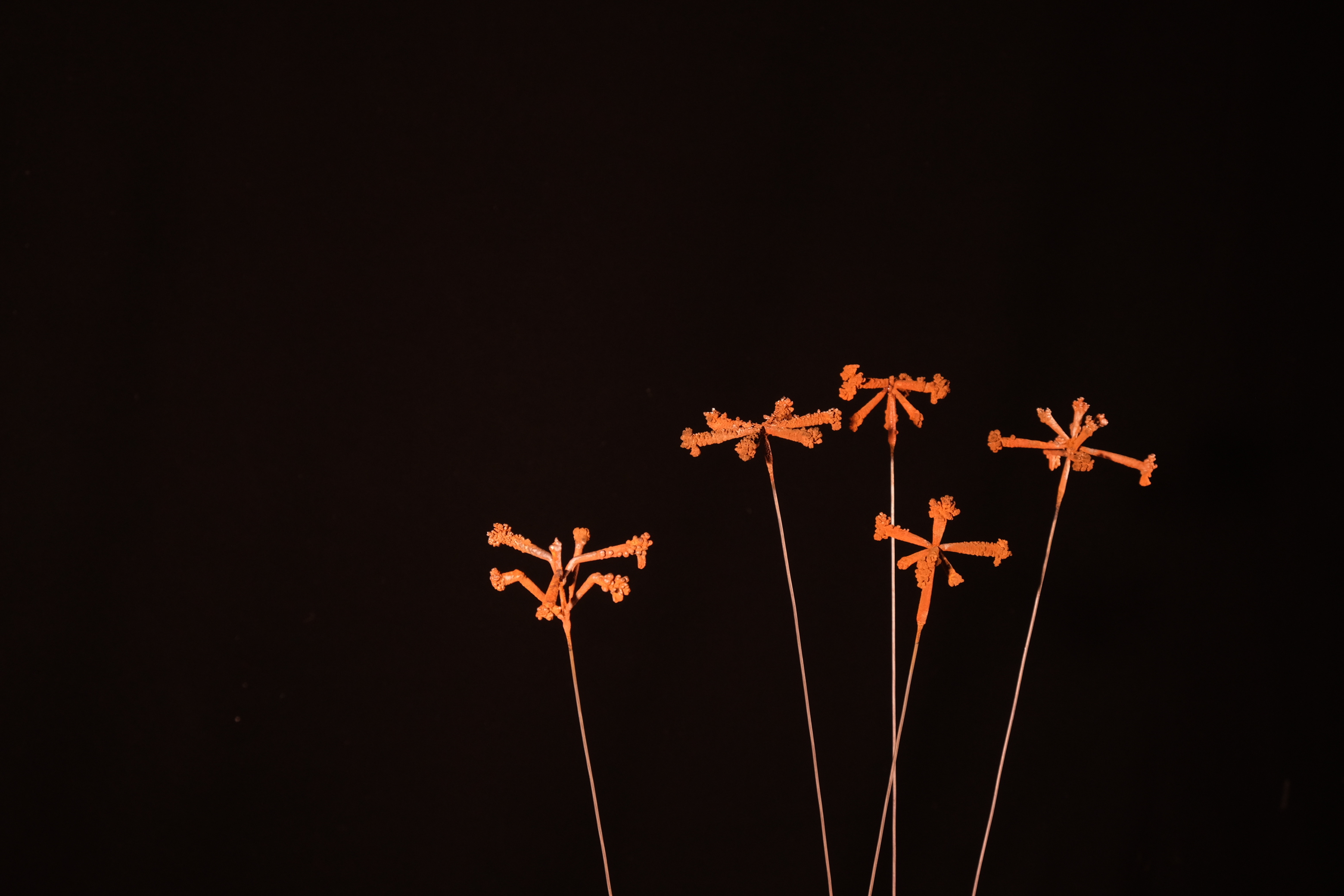
‘It is only a start,’ the two artist-researchers in residence end up saying in chorus during the time we spent together. A promising debut which has clarified intuitions, contradicted prior reasoning, and side-lined certain scientific processes but allowed others to be explored. For the production in itself, Carlos and Dewi know that this phase will follow on from their residency, and that their work will certainly be showcased at the next edition of the KIKK festival, or at the Pavilion, the Namur non-profit association’s new exhibition space. To be continued.
A story, projects or an idea to share?
Suggest your content on kingkong.

